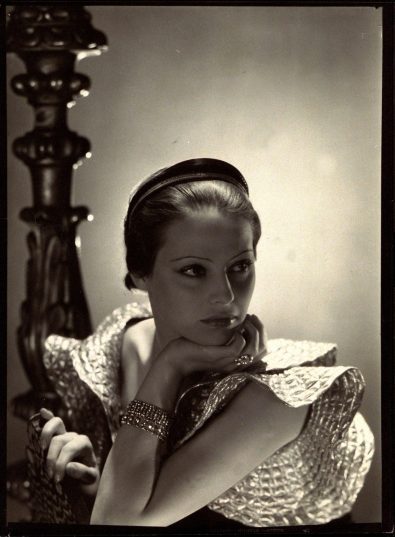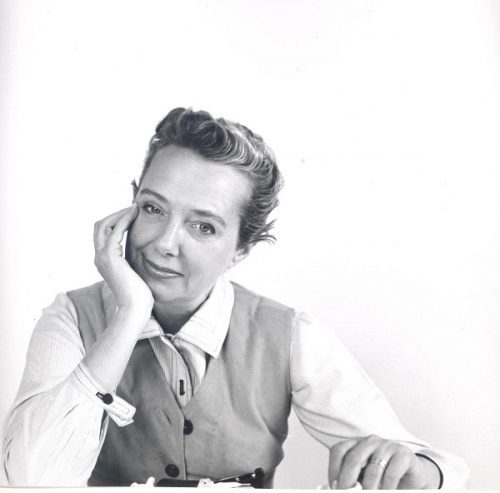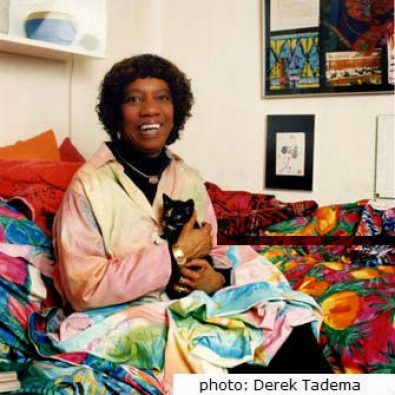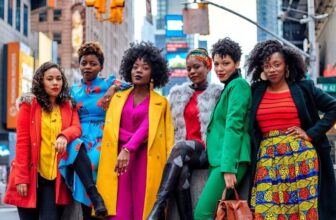You might think of the fashion industry as something that’s been around basically since the dawn of humanity, but what we think of like fashion in its current form didn’t really exist throughout history. It wasn’t so easy before the days of online selling and freelance work.
Of course, clothing has been around for as long as there have been humans but up until quite recently, pretty much everyone was wearing clothes that were specifically made for them. Branded clothing wasn’t really a thing until the 19th Century.
It all really started with a guy called Charles Frederick Worth in the 1820s, who set up the very first fashion house in his home city of Paris, and everything kind of grew from there. It spread around Paris and the rest of Europe and soon found its way to America.
As you can imagine, the 20th Century was a very formative time for fashion as by this point it had reached the far corners of the world and had become the norm for how we buy clothes and what we wear.
It wasn’t really until that century that women designers would have the opportunity to exhibit their talents and there were quite a few of them who revolutionized the industry. Let’s take a look at some of those influential women and what made their work special:
 Photo: Vogue
Photo: Vogue1. Jeanne Lanvin
Jeanna Lanvin was born in Paris in the middle of the 19th Century and spent much of her early life as a milliner. Lanvin painstakingly dedicated herself to this work for half of her life before finally opening her own fashion house in 1909.
Using her daughter Marguerite as a muse, Lanvin put together some of the most versatile and unique designs on the market at the time and attracted the attention of some of the more well-off members of French society.
Lanvin became well-known for not only eye-catching color, such as her signature Lanvin Blue but also for technically innovative work. Her beading techniques, in particular, were absolutely revolutionary.
As Marguerite grew older, she followed in the footsteps of her mother, and together they drew inspiration from their travels to exotic locations, their active social lives, and perhaps most importantly, each other. Though Jeanne died in the 1940s, her legacy lives on and Lanvin remains a popular fashion house to this day.
 Photo: CDFA
Photo: CDFA2. Claire McCardell
The importance of Claire McCardell’s work cannot be understated. An American designer who is often credited with the creation of women’s sportswear, McCardell opened up new doors for women in sports and changed the face of the fashion industry.
Sportswear for women before McCardell came along was shockingly impractical, likely because women were not expected to be participating in sports to any significant degree. The shoes were restrictive, pants were tight-fitting and early tennis outfits for women are hilariously unsuitable.
When women first competed in the Olympic games in 1900, women were expected to wear long-sleeved dresses that covered their ankles and arms, as well as corsets underneath. In her own words, McCardell wanted to make women’s clothing ‘useful’.
So not only did this mean loose-fitting, more comfortable sportswear, but McCardell also wanted to design stylish clothes without the use of things like shoulder pads and back zippers. Her ‘Monastic dress’, which she designed in 1949 was her first success and is still worn today.
3. Althea McNish
In the wake of the death and destruction wrought upon Great Britain by the Second World War, the country was in desperate need of a little bit of optimism. And that’s exactly what Trinidad born designer Althea McNish sought to bring to them.
McNish has been a member of the Trinidad Arts Society as a child and had aspirations of becoming an engineer or an architect. After moving to London to study at the Architectural Association School, where she discovered a passion for textile design.
While a lot of her work is just that, textiles and the like, her nature-based work became extremely popular in London and was sought after by many for formal dresses. Some of which are on display in major UK museums such as the Whitworth and the Victoria and Albert.
The fascinating thing about the way McNish designed was that she brought a lot of influence from her native Trinidad and then infused it with elements of England. Her work featured the tropicalization of English flowers in a symbolic merging of these two cultures.
McNish’s work is a shining example of the strong presence that Trinidadian artists and textile designers had in London’s fashion industry in the middle part of the 20th Century.
And this is just a small taste of the women who paved the way for designers in the 20th Century. As you can see, great designers came from a variety of places and all had a different attitude and a different approach towards their work.







